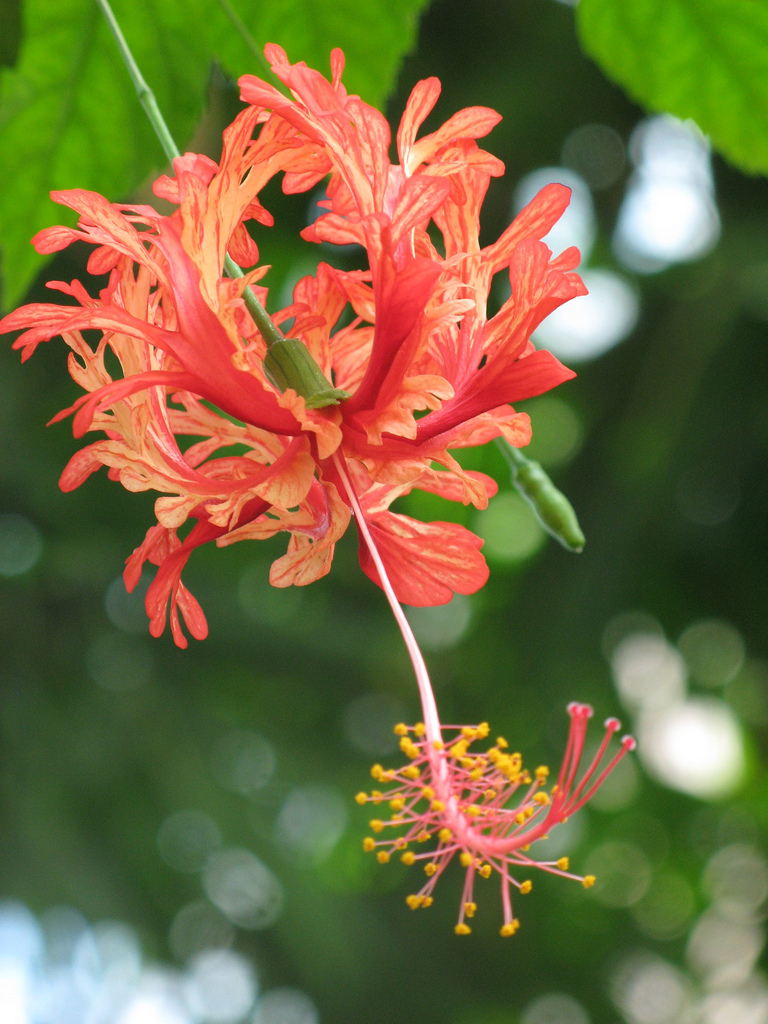Tag: Fluorescence
-

Lumiflavin and Lumichrome notes (and something called Autochrome)
Lumiflavin is a toxic product of photolysis of vitamin B2. Lumiflavin is a compound showing yellow-green fluorescence, formed by a photolysis of riboflavin in alkaline solution. Lumiflavin 1948-Present Lumichrome 1944-Present The Autochrome Lumière was an early color photography process patented in 1903 by the Lumière brothers in France and first marketed in 1907. Autochrome was an additive color “mosaic screen plate” process. It was the principal color photography process in use before the…
-
Heme metabolic intermediates
(porphyrin biosynthesis and heme degradation/excretion) and various other notes
-

What is Immunoprecipitation (IP)?
Immunoprecipitation (IP) is a technique used to enrich protein antigens from a complex mixture using specific antibodies. To carry out an IP, antibodies must be coupled to a solid substrate, such as agarose resin or magnetic beads, to allow for purification of the target antigens. Immunoprecipitation (IP) is the technique of precipitating a protein antigen out of solution using an antibody that…
-

Hibiscus schizopetalus aka Japanese lantern is a species of Hibiscus
Hibiscus schizopetalus is a species of Hibiscus native to tropical eastern Africa in Kenya, Tanzania and Mozambique. Its common names include fringed rosemallow, Japanese lantern, coral hibiscus, and spider hibiscus. Description Hibiscus schizopetalus is a shrub growing to 3 metres (9.8 ft) tall. The red or pink flowers are very distinctive in their frilly, finely divided petals. Flowers with finely dissected petal have a range of colours, the most common being the red form (Keena et…
-

Baccharis is a genus of perennials and shrubs in the aster family (Asteraceae)
They are commonly known as baccharises but sometimes referred to as “brooms”, because many members have small thin leaves resembling the true brooms. They are not at all related to these however, but belong to an entirely different lineage of eudicots. B. halimifolia is commonly known as “groundsel bush”, however true groundsels are found in the genus Senecio. Baccharis, with over 500…
-

The violet gland
The violet gland or supracaudal gland is a gland located on the upper surface of the tail of certain mammals, including European badgers and canids such as foxes, wolves, and the domestic dog,[verification needed] as well as the domestic cat. Like many other mammalian secretion glands, the violet gland consists of modified sweat glands and sebaceous glands. It is used for intra-species signalling, scent marking, and contributes to the strong odor of foxes in particular. Although it secretes a mixture…
-

Green fluorescent protein (GFP)
The green fluorescent protein (GFP) is a protein that exhibits bright green fluorescence when exposed to light in the blue to ultraviolet range. Prendergast FG, Mann KG (Aug 1978). “Chemical and physical properties of aequorin and the green fluorescent protein isolated from Aequorea forskålea”. Biochemistry. 17 (17): 3448–53. doi:10.1021/bi00610a004. PMID 28749. Tsien RY (1998). “The green fluorescent protein” (PDF). Annual Review of Biochemistry. 67: 509–44. doi:10.1146/annurev.biochem.67.1.509. PMID 9759496 The label GFP traditionally refers to the protein first isolated…
-
Kaede (protein)
Kaede is a photoactivatable fluorescent protein naturally originated from a stony coral, Trachyphyllia geoffroyi. Its name means “maple” in Japanese. With the irradiation of ultraviolet light (350–400 nm), Kaede undergoes irreversible photoconversion from green fluorescence to red fluorescence. Kaede is a homotetrameric protein with the size of 116 kDa. The tetrameric structure was deduced as its primary structure is only 28 kDa. This tetramerization possibly makes Kaede have a low tendency to…
NOTES
- 🧬 Disease Table with Low Sodium Connection
- 🧂 Sodium Reduction and Sodium Replacement: A History of Reformulation and Exploding Diseases, Including Many Diseases Unheard of Before Deadly Sodium Policies
- 🧂 The DEADLY 1500 mg Sodium Recommendation predates the WHO’s formal global sodium reduction push by nearly a decade (and it’s even worse than that)
- 🧬 What Is Beta-Glucuronidase?
- When Sugar Was Salt: Crystalline Confusion and the Covenant of Sweetness
Tags
ADAM ASPARTAME Birds Blood Bones Brain Bugs Cancer Columba Cows crystallography Death Death cults Eggs Etymology Gastrin Gold Growth hormone History Hormones Insulin Liver Mere Perplexity Metal Monkey Business Mythology Paracetamol Plants Poison Pregnancy Protein Religion Reproduction Rocks Salt Slavery Snakes Sodium the birds and the bees Thiocyanate Tobacco Tylenol Underworld Venom zinc

